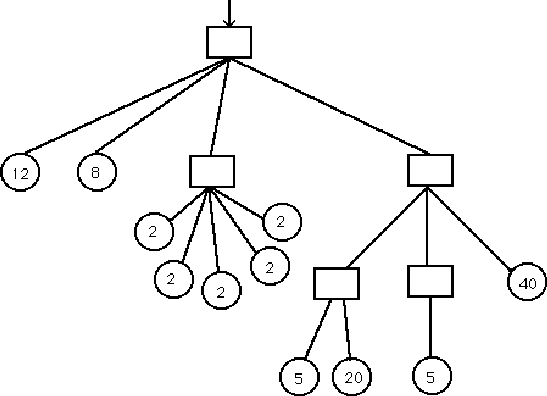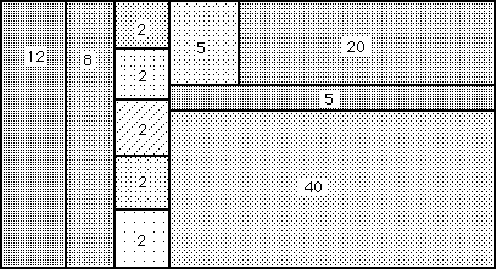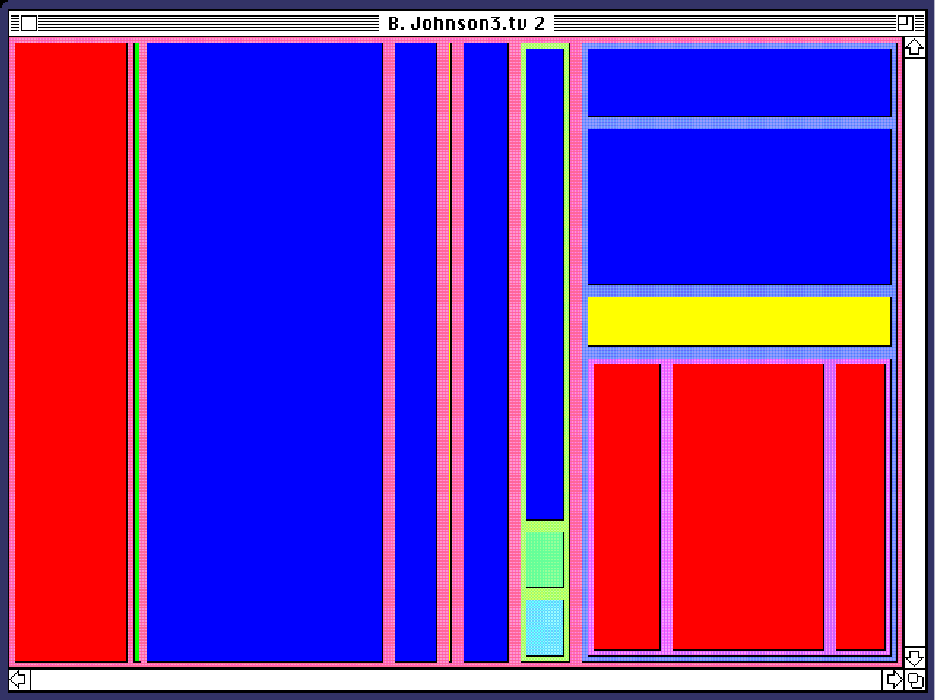Teaching:TUW - UE InfoVis WS 2008/09 - Gruppe 06 - Aufgabe 1 - Treemap
Treemaps are a 2D space-filling visualisation method for hierarchical, tree like structures.
They were introduced by Shneiderman [1992].
They were introduced by Shneiderman [1992].
Treemaps aim at visualising a certain attribute of hierarchically structured data in a 2D space, for example the size of files in various levels of folder hierarchies on a hard-disk (which was the motivation for developing Tremaps in Shneiderman [1992]). Then traditional ways of visualising hierarchical structures as (directed) graphs, as in Figure 1, can show relations between the nodes, but fail to visualize attributes such as size or importance of nodes. Treemaps try to overcome this by visualising each node as a small rectangle in the 2D space, as in Figure 2.



In detail, the Treemap algorithm has the following properties
- Input: a root node, and a 2D space.
- The number of outgoings edge from the root node determines the number of partitions in the space.
- The sum of weights assigned to each sub-tree determines the size of the partitions.
- Then, recursively the space assigned to each sub-tree will be partitioned.
- The sub-tree are partitioned alternatively horizontally and vertically, with odd levels being horizontally, and even vertically.
- Additional attributes can be visualised with a colour coding (e.g. file-types as in Figure 3).
References
- [Shneiderman, 1992] Ben Shneiderman. Tree visualization with tree-maps: A 2-D space-filling approach. ACM Transactions on Graphics, 11(1):92-99, 1992.